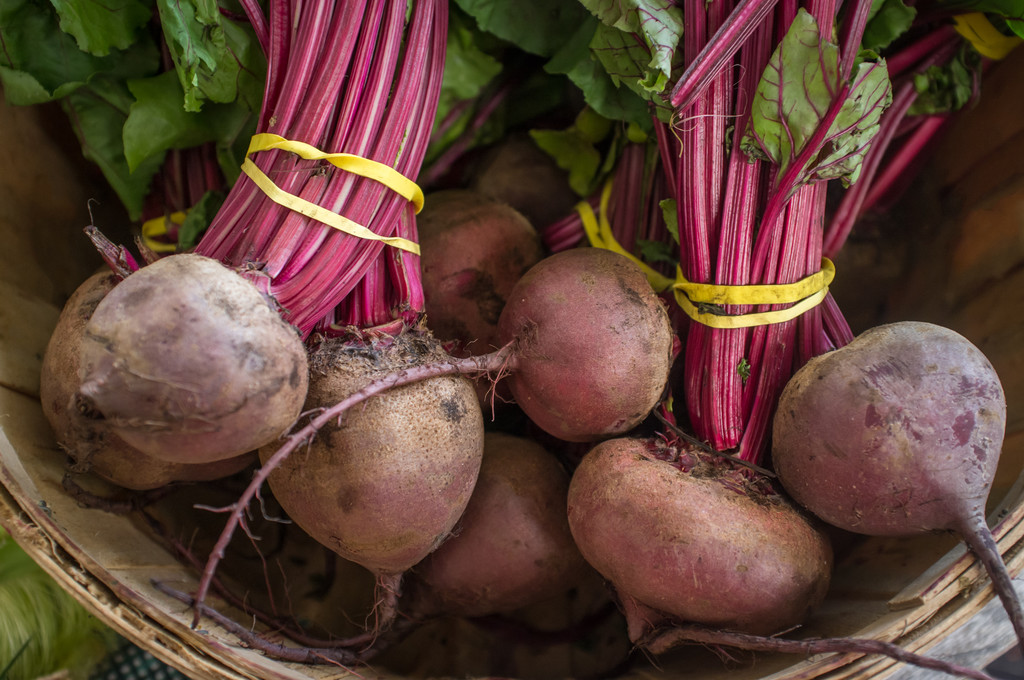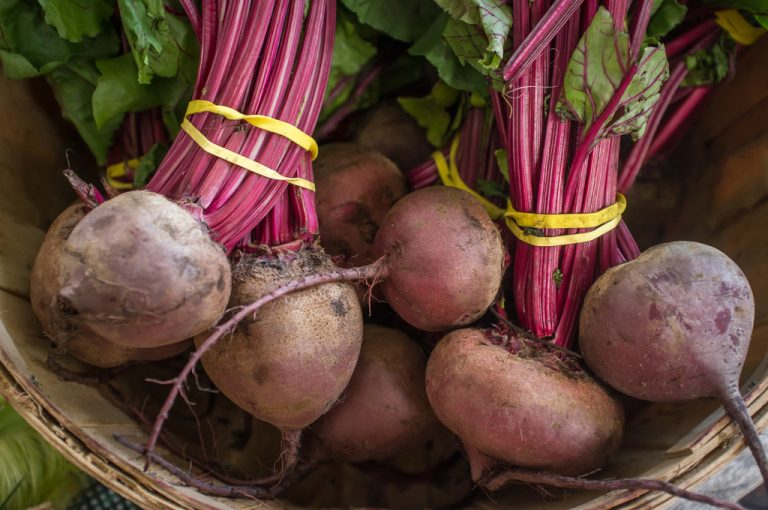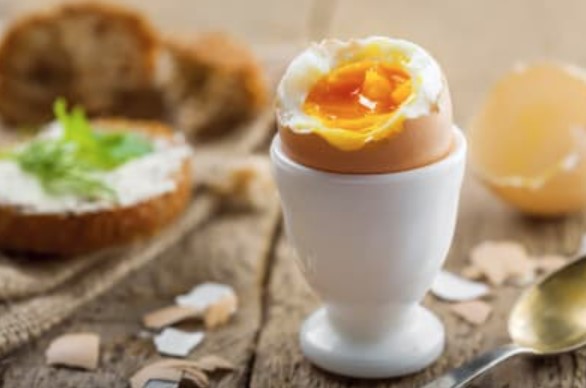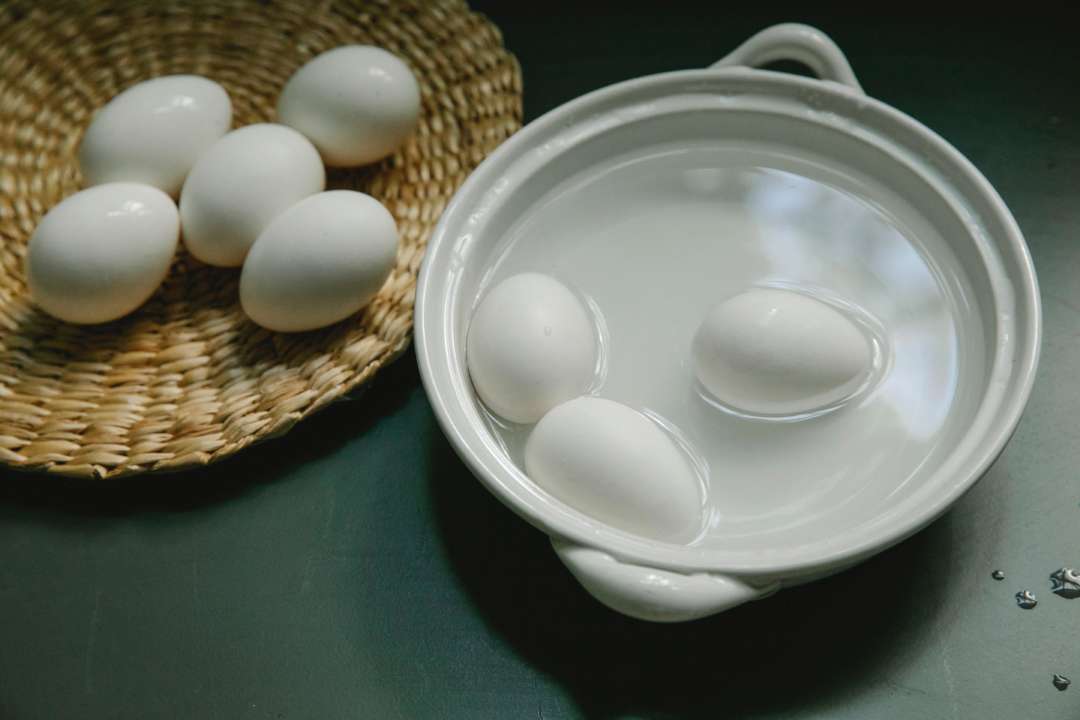Beetroot also tastes delicious when boiled. We’ll show you how to quickly and easily preserve the fresh vegetables. So you can still enjoy beetroot after the season.
Beetroot can not only be combined in a variety of salads or as a side dish, but is also a real vitamin bomb. Vegetables are in season from September to November

Boil beetroot: You need these ingredients
For 3-4 mason jars you need the following ingredients:
1 kg beetroot
1 small onion
400ml of water
200 ml balsamic vinegar
20 grams of sugar
1 pinch of salt
cloves
peppercorns
10 g fresh horseradish
1 thumb-sized piece of ginger
Boil beetroot: this is how it works
Wash the tubers thoroughly with water and remove the leaves.
Boil the beetroot in a closed saucepan with water and add salt.
Let the beetroot cook for about an hour over medium-high heat.
Take the tubers out of the water and rinse them with cold water.
The skin should now peel off easily. Slice the peeled beets. Warning: beetroot juice can stain heavily. So it is best to wear gloves when you process the tubers.
Peel the onion and
Set the beets aside and bring the water to a boil with the vinegar, salt, sugar and onions in a saucepan.
Peel the horseradish and the
Put the beetroot in screw-top jars that you have rinsed out with hot water beforehand
Add horseradish, ginger, cloves, onion, and pepper to taste.
Fill the glasses with the brew.
Sterilize the jars by placing them in a pot of boiling water for about half an hour. The glasses should be half covered with water and not touching each other.
Take the glasses out of the water and let them cool. Beetroot can be kept for several months in a dark, cool place.







